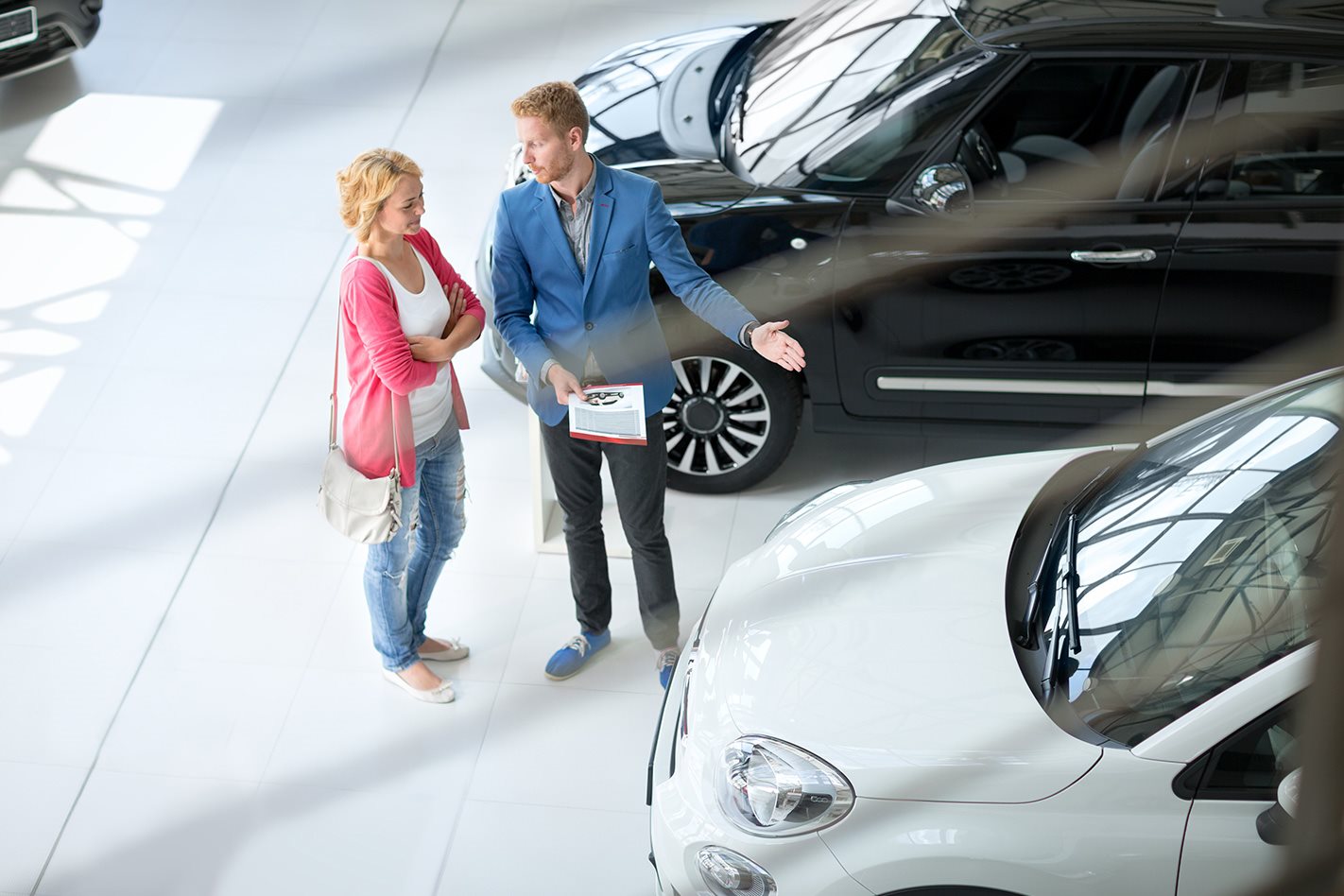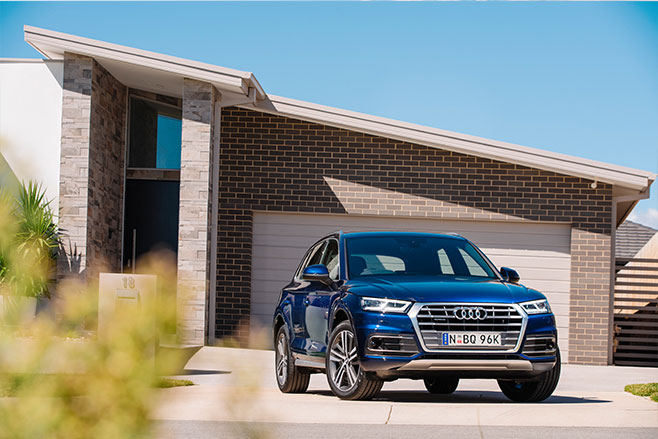
If buying a new car wasn’t a big enough deal the first time, you’ll experience it again when it comes to trading it in for another.
But when should you consider upgrading your existing vehicle? Questions worth asking yourself before committing to a new car include: Does it still meet your current lifestyle requirements? How is your current car running? Is it reliable?
A change of vehicle may be dictated by changing circumstances, such as a new job or an expanding family.
The partner and kids, for example, are probably not going to appreciate your two-plus-two sports car, however fast or exciting it is to drive.
If you’ve exceeded warranty coverage and are experiencing costly ongoing maintenance, that’s likely to encourage you to want to offload your problematic vehicle.
Most Australians prefer to rotate their cars every three years, most of whom are no doubt tempted by that new-car smell.
There’s nothing wrong with that, of course. Though whether you simply desire a new car because it is bigger, more sophisticated, or sportier, then it’s worth weighing up the pros and cons of sticking with your current vehicle, whether you own it outright or use it as part of a lease arrangement.

Outright ownership After three years of ownership, it’s worth noting that you have already accounted for the biggest losses on your car – through depreciation. The average rate of depreciation means that unless you’ve purchased a supercar with a long waiting list, the resale value of your vehicle is typically about half, if not less, of the original price.
That means a buyer of your car at this point is the main beneficiary. The most logical move financially is to hang on to your car for as long as possible, essentially running it into the ground and spreading the initial outlay across a decade or so.
However, not only is it challenging to resist the temptation of a newer car for that long but you would also be depriving yourself of the latest vehicle technology – whether it’s related to safety, connectivity, or more fuel-efficient engines.
Of course, even if the value of your vehicle has been reduced by depreciation, the earlier you sell it the more money you will have to put towards your new car. Just be mindful that you will get even less for your car if it’s used as a trade-in (as dealers need to make a profit when they re-sell it).
Unless you have sufficient savings or you’re buying a cheaper or pre-owned vehicle, you will also need to consider finance options to cover the difference between the sale of your current car and the cost of the new one.
The timing of your car change is important. For the best deals on the new car you have your eye on, the months of May and June (end of financial year) and November and December (end of year) are periods when dealers are most focused on sales targets or clearing current model-year stock.
Leasing Whether you are using a car via a business-based finance/car lease, salary-packaged novated lease, or a manufacturer’s Guaranteed Future Value (GFV) scheme, returning it before the agreed lease period has expired will typically result in extra fees.
You can help avoid this at the start by choosing a lease period that ties in with when you think you would like to next change your vehicle. Leases are commonly offered between one and five years. GFV schemes are typically offered as three- or four-year terms.
If you are in danger of exceeding the agreed mileage restriction for the lease period you will also need to start limiting usage of the car unless you’re prepared to incur the associated financial penalties.
| Car buyers guide – is now the best time to buy a premium large car?
Depreciation also plays a key part with leases, as the value of the vehicle at the end of your lease period effectively becomes a ‘balloon’ payment if you want to buy the car outright.
It’s also possible to refinance the lease to stick with the car for another agreed term.
A trade-in is worth considering if you build up equity on your novated lease with good maintenance and restricted mileage – and if the set residual value of the vehicle happens to be higher than its market value, you get to pocket the difference tax-free.
Conversely, you also wear the risk if the vehicle depreciates to a lower point than the defined end-of-lease valuation.
With manufacturer GFV schemes, you can just return the vehicle – providing you’ve complied with the terms – as you’ve essentially been renting it from the car maker, and then choose another vehicle. Or you can pay out the GFV amount to retain the vehicle, or trade it in – using any credit difference between the market valuation and GFV to put towards another new model from that manufacturer.
Ultimately, choosing when to upgrade your car is much like choosing the car itself: it’s a very personal choice.




